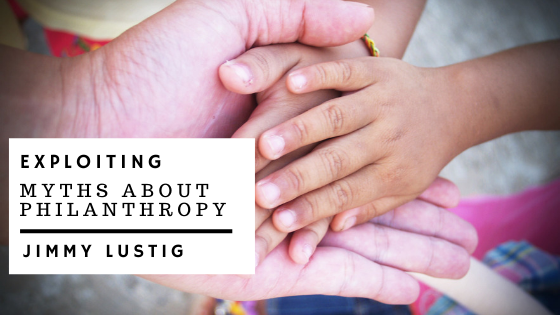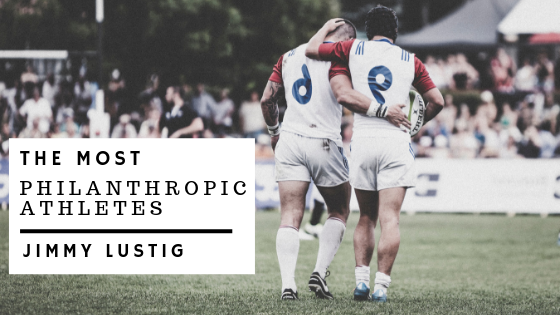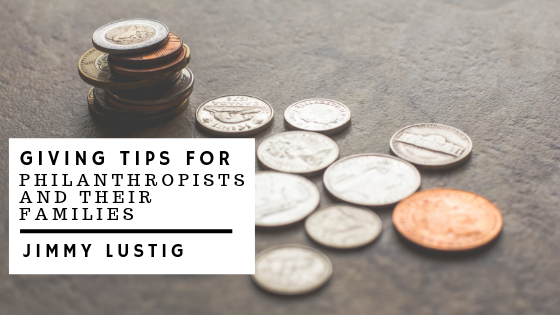It began as a simple idea way back in 1973. Why not hold a dance contest to raise money for kids battling cancer? Since then, students at the University of Pennsylvania have turned that first dance fest into one of the most successful fundraising movements in American history. THON – short for dance marathon – was the brainchild of then Penn State Interfraternity Council President Bill Lear.
The first THON drew 78 dancers, lasted 30 hours and raised just over $2,000. Since then, THON has raised an amazing $168 million. The money is delivered to the Penn State Children’s Hospital where it is used for the direct care of patients and cancer research.
The annual Penn State THON has spun off numerous “mini-THONs” held at area high schools. These have raised an additional $36 million for Four Diamonds, a foundation associated with Penn State Children’s Hospital.
Today THON events are huge and have become an annual institution for Penn State students. Thousands of participants flocks to the Bryce Jordan Center to either dance or cheer on dancers determined to prevail in the grueling marathon event.
Keeping the events organized and safe requires literally hundreds of highly coordinated volunteers handling an array of specialized tasks. One of the 16 groups, for example, is charged with monitoring the health, hydration and well-being of the “thonners” who may be on their feet dancing for up to 46 hours.
In addition to raising money to treat kids with cancer and pay for medical research, THON events are invaluable for raising public awareness. That’s important because pediatric tumors are so rare, many people don’t know this problem exists. Pediatric cancers are less than 1% of all malignancies and will affect 1 in 200 families. About 16,000 cases are reported annually for people age 20 or younger.
While it’s a good thing that pediatric cancer is rare, it presents problems for medical researchers who are working to treat and cure the problem. Limited awareness makes raising funds extremely difficult. That’s exactly why THON is a blessing for those afflicted and those determined to beat this disease.
THON is the largest student-run charity in the world. It has helped more than 4,000 families and has marshaled the contributions of 16,500 student volunteers.










